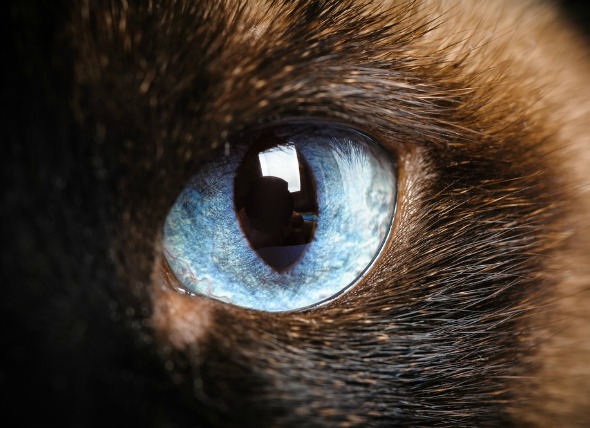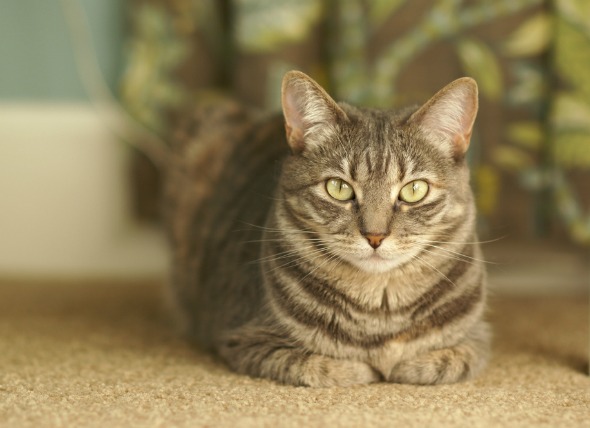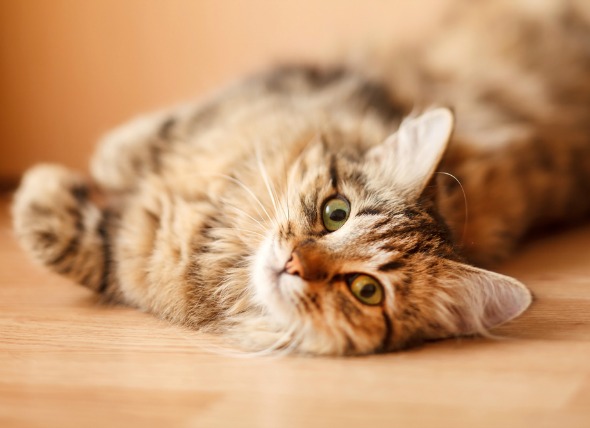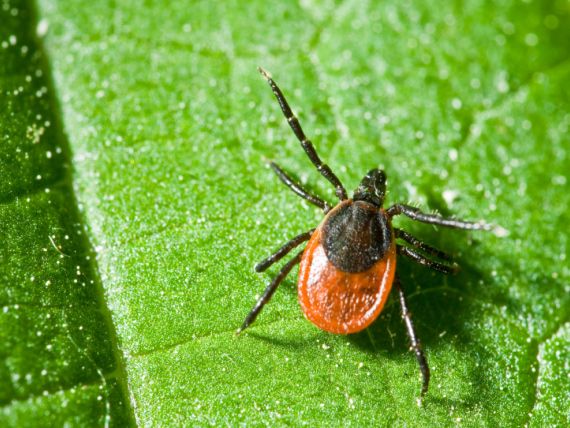
Because cats are all closely related, crossing between one species and another is possible. This is called hybridisation and has led to a whole range of breeds of both domestic and wild cats that carry the genes of different branches of the feline tree. Also, unlike with some species, these hybrid cat breeds are fertile and can produce young, leading to a new breed.
Big cats
There have been a number of accidental or purposeful crossbreeds between different species of wild cat, resulting in some unusual cats and some odd names. One example is the servical/caraval, which is a cross between a serval and a caracal. This first happened accidentally in Los Angeles Zoo when a male serval and a female caracal were housed together - their offspring is a servical. If the gender of the parents is reversed, this is a caraval.
The Blynx is the offspring of a bobcat and one of the Lynx species and can occur in nature when one of the animals cannot find a mate of its own species. They tend to resemble bobcats with larger bodies and smaller feet but have ear tufts and a black tipped tail like a lynx.
Domestic breeds
The hybrids of domestic cats and their wild cousins have given rise to a group of breeds. There is also a careful classification system in place to grade how suitable these cats are going to be as pets and it is important to take this into consideration if you plan to adopt one.
F1 cats are where one of their parents is a wild cat and are considered too wild to be a house cat. These cats normally live with professional breeders in special accommodation. They are then bred with either another hybrid of the same species or another type of domestic cat. This generation is F2 and are still not considered suitable for pet status in some breeds. The next generation is F3 and so forth, so the number indicates how many generations removed from the wild cat each animal is. Typically, F3 or F4 are the very lowest numbers that should be considered as pets.
Famous hybrids
The Savannah is one of the more famous hybrid breeds, the result of a crossing a domestic cat with an African Serval. Male cats of this breed are often infertile within the first few generations of the mating but females aren't. The first was born in 1986 and is a large cat, bigger than any domestic species, with a tremendous jumping ability. Due to their wild heritage, they are also illegal to own in some states of the US, but are recognised as a championship breed by The International Cat Association (TICA).
The Bengal is one of the original hybrid breeds of cat and came from a cross between a domestic cat and an Asian Leopard Cat. There have been occurrences of natural hybrids in the wild going back to 1934 but became a domestic breed due to the work of geneticist Jean Sugden-Mills in the 1960s. It has now been accepted by the TICA and is considered a great house pet after fourth generation breeding (F4).
The Chausie is a cross between the domestic cat and the Jungle Cat, the largest of the Felis genus of wild cats, found in Asia. These cats cat grow to three feet long and weigh 35 pounds but tend to be around the 18 pound mark. They are classified as a championship breed by the TICA and F4 or F5 cats are said to be suitable for house cat status.
The Pixiebob comes about through natural mating and have been observed in the wild. Carol Ann Brewer was the first person to adopt one of these cats in 1985 and it then bred with a local cat. They are tall cats with front legs that are slightly smaller than their back legs and thick coats. They are known to be loyal and loving pets though are less expressive than many breeds, perhaps due to their wild heritage.
Conclusion
If you are thinking about adopting a wild cat hybrid breed, it is always important to fully understand the potential differences between them and other breeds. While a cat that is four or five generations from a wild cat is going to make an excellent house pet, they do tend to be larger and more robust than many cats, with different characteristics and behaviours. Therefore, it is worth spending time around the breed before adopting to ensure a good match for your family.
 Tumor of the Eye in Cats
Uveal Melanoma in Cats
The uvea is the part of th
Tumor of the Eye in Cats
Uveal Melanoma in Cats
The uvea is the part of th
 Protrusion of the Rectum and Anus in Cats
Rectal and Anal Prolapse in Cats
Anal or rectal p
Protrusion of the Rectum and Anus in Cats
Rectal and Anal Prolapse in Cats
Anal or rectal p
 Rapid Heart Beat in Cats
Supraventricular Tachycardia in Cats
Supraventric
Rapid Heart Beat in Cats
Supraventricular Tachycardia in Cats
Supraventric
 Why a Siamese Cat Will Always be My Best Friend
A Siamese cat will let you be their best friend.But the
Why a Siamese Cat Will Always be My Best Friend
A Siamese cat will let you be their best friend.But the
 Ticks and Tick Control in Cats
Ticks are parasitic organisms that attach themsel
Ticks and Tick Control in Cats
Ticks are parasitic organisms that attach themsel
Copyright © 2005-2016 Pet Information All Rights Reserved
Contact us: www162date@outlook.com